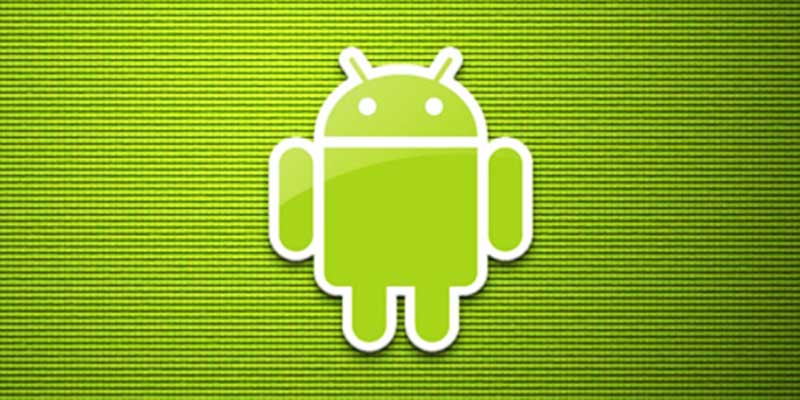Google is a pioneering brand. It is the king of innovation. After the latest I/O Developer’s Conference it is clear that we can expect a lot more from the brand in the days to come.
Had Google I/O 2014 Developer’s Conference were a military campaign, it would have been proudly named Operation: Android Everywhere. From TV to wristwatches to cars, Google has successfully extended the reach of its mobile operating system (OS) way beyond the domain of mobile phones, deploying new Android features to capture grounds that would determine who controls our online future.
Android Auto, Android Wear, and Android TV – each puts Google features into devices that we use daily. Surprisingly enough, there were little or no talks on Android Home, but make no mistake, that is coming soon, as soon as Google figures out how its acquisition of Nest Labs will fit into the scene.
The presence of Android on these domains was not new to itself. And there have already been plenty of third-party cars, wearable items, and TV sets and that run Android. But what Google brings to the fore is far greater than just having a device that is ‘smart’. As an owner of a platform, it is the perfect way to deliver a unified experience, just like Apple does.
Coming back to the I/O developer’s conference, it has to be noted that what Google was really selling was context; to put more precisely – contextual awareness of various devices. A wristwatch that runs on Android OS is cool; a watch that is aware of where your mobile is, and what all apps are in it, is cooler. When both the devices are aware of each other, a new function is created.
Where is Android?
Basically Android Wear is different from smartwatches that came before the former. Other models fundamentally require users to download specific software for each individual app that works with the watch – a long and boring process at best.
In an Android Wear notification for apps simply start appearing on the watch the moment you connect or link it to your mobile phone. A crucial part of the context is to know what data to share or not share, for that matter. Google leaned a lot about this property with its own product – Google Glass. For example, Android Wear watches do not show you every single check-in you post via Foursquare, or Twitter mentions; instead, they are well grouped prompting you to use the phone for a complete experience.
This is a different experience compared to other smartwatches that gives users the option to see an entire message, with proper notifications. This underscores a significant point: unified vision of Android will, after all, be Google’s vision of that very experience. The Bid to Contextualize
Several of Google’s manufacturing partners have already gained a lot of grounds in developing new devices based on Android. Please remember, when you are talking about contexts, you are speaking about multiple devices, and there is, at present at least, no platform smart enough than Android.
Importantly, arranging data – which is really what defines context – is Google’s main aim. At Google’s I/O Conference, the company gave us a brief sketch about what to expect from them in future. And if all goes well, Android ecosystem will deliver not just perfect information, but in right amount and time.





